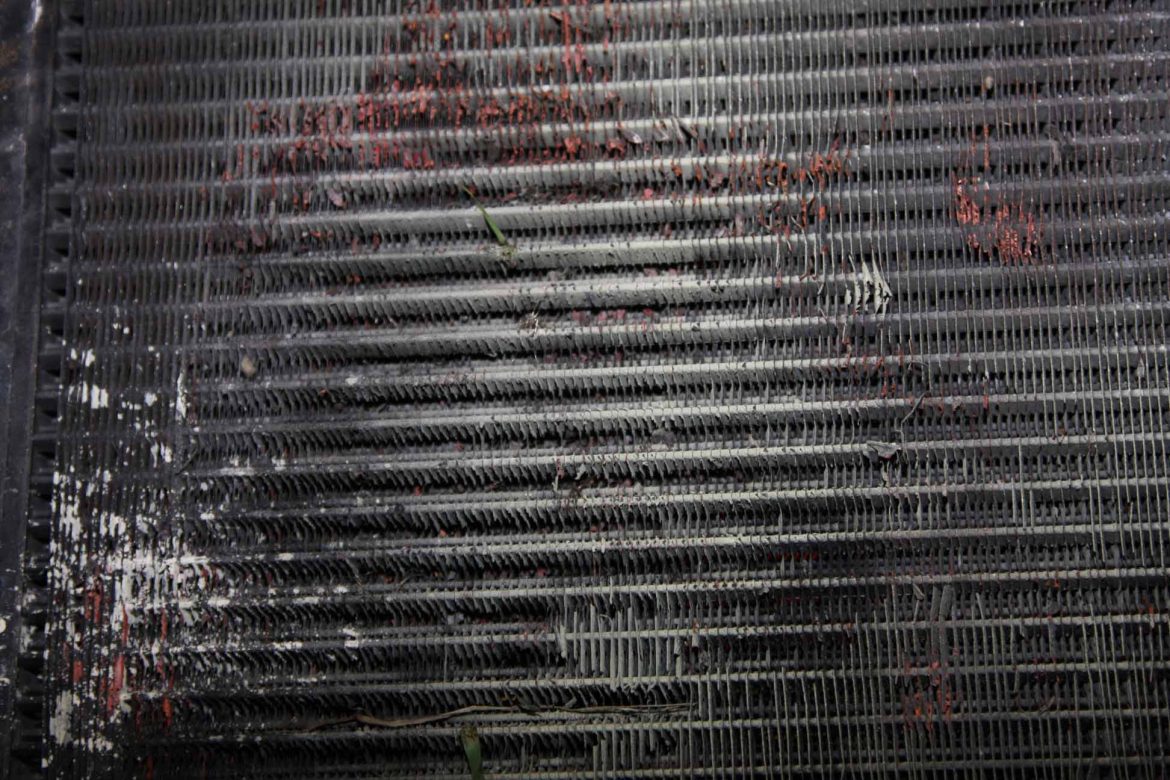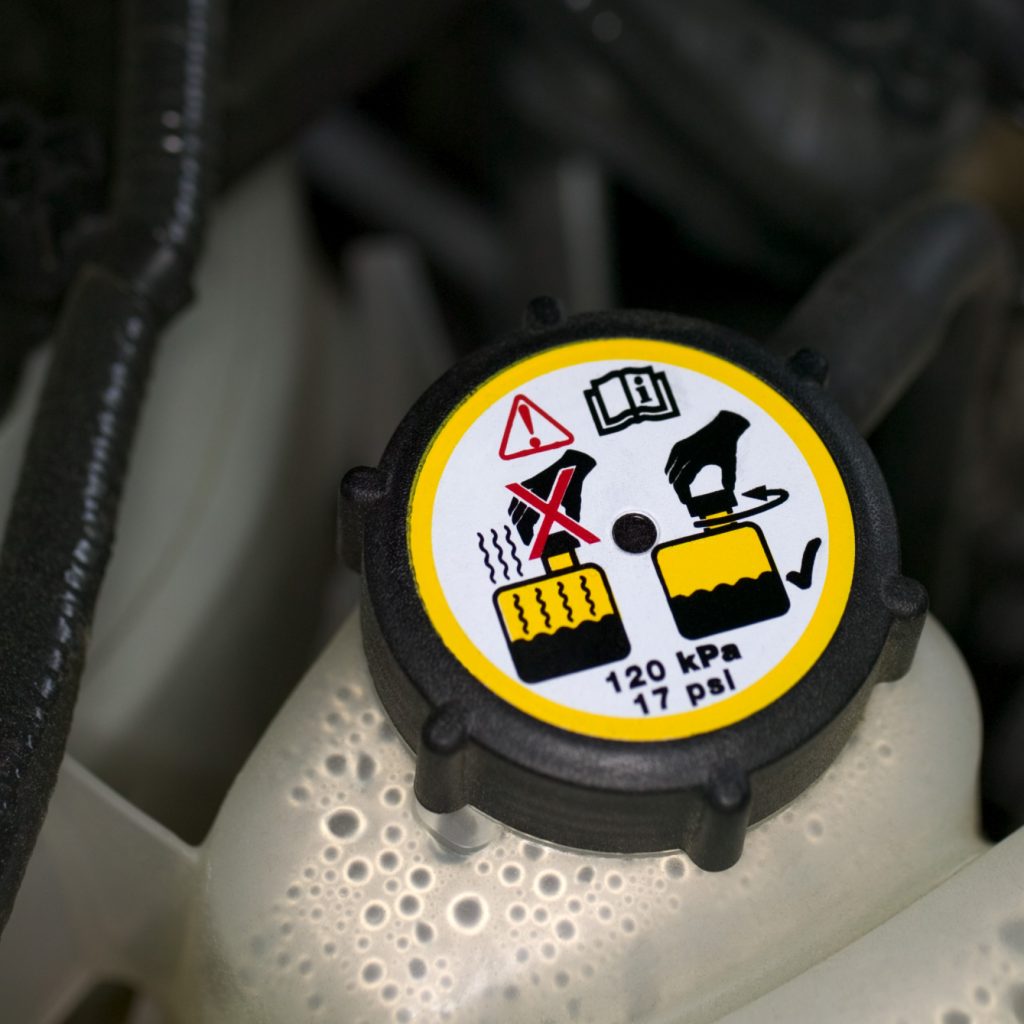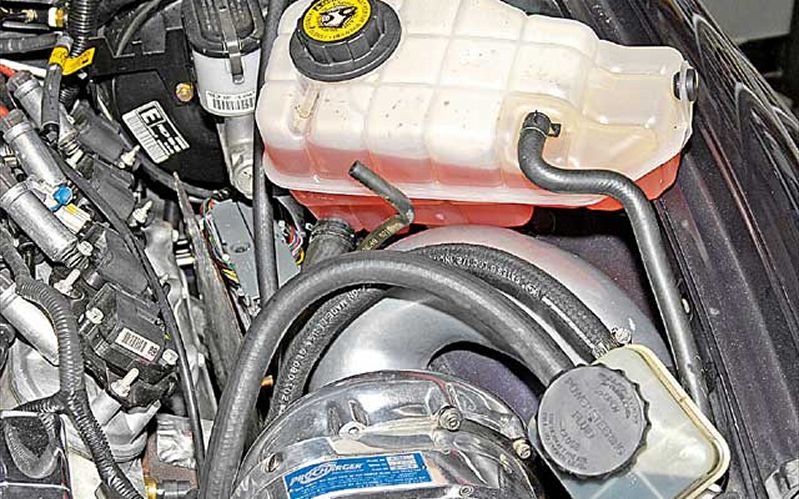Your car’s water pump does not make your car go. In fact, it doesn’t even make the parts that make the car go, work, at least not directly. But if your water pump fails, your cooling system stops working and then your engine seizes up. Thus, the water pump is vital to the operation of your vehicle.
The internal combustion engine—which causes the pistons to pump up and down and turn the crankshaft, which turns the wheels that move your car forward—is built on a series of well-contained explosions. Fire igniting gas produces lots of heat, heat that would melt in a matter of hours the machine you rely on to get to work and the grocery store.
What does a water pump do?
Instead, car engines last many hundreds of thousands of miles and many thousands of hours over a decade or more. That’s because the engine is continuously cooled by a flow of coolant that runs around and through the engine block and cylinder heads, absorbing the heat, whisking it away through hoses and dissipating it out the radiator into the air. The coolant flows through the engine and the radiator in a never-ending circulatory system, much like blood rushes through your body to nourish the cells.
Also like the human circulatory system, there must be a pump pushing the fluid and keeping the flow continuous. In your body that pump is called the heart. In a car, it is the water pump. Unlike the heart, the water pump is turned by a belt attached to the front axle, using fan blades and centrifugal force to suck the coolant through the hoses, around the engine block, and back to the radiator. Although they don’t work exactly the same way, your car’s water pump is the heart of the cooling system. And like the heart, it is essential to the entire operation.
What are symptoms of a bad water pump?
As long as the water pump is working, it’s easy not to notice, just like you don’t take much notice of your blood pumping through your body until there is a problem. Because they are mechanical, water pumps do break, often indicated by a grinding noise under the hood and coolant leaking onto the ground. The multitude of potential signs of a broken water pump make it difficult to diagnose without popping the hood.
Leaking coolant: Many of the signals of a broken water pump apply to the entire cooling system and thus must be further examined before identifying the source. For example, leaking coolant could be caused by a water pump leak, but also by a problem with any other part of the cooling system. Hoses, seals, gaskets and the radiator can also all leak coolant. Say your Toyota water pump gasket is leaking, the symptoms would look the same as a leaking radiator or hose seal. The source of any leak should be identified and repaired. One way to do so is with BlueDevil Coolant Stop Leak, the best water pump sealer on the market. It is guaranteed to help seal any leaks in and around your cooling system, including a water pump leak.
Overheating: Another warning sign of a broken water pump that could indicate other problems as well is the temperature warning light on the car’s dashboard. You might even notice the engine overheating before the light comes on. Overheating means something is wrong with the cooling system, whether it is the water pump, radiator, coolant leaking from hoses or seals, or something else. However, you discover it, address it immediately because it means your engine is cooking.
Fluctuating engine temperature – if the overheating disappears mysteriously, be wary. Driving at high speeds pushes air through the engine, helping to cool it even when the coolant isn’t circulating. If the overhearing returns, take care of it right away. It probably means the issue was merely postponed.
Grinding, rumbling or squealing noises coming from the front of the engine are another sign of water pump failure. If you are familiar with the sound and the location, you might be able to identify the water pump as the source even before looking under the hood. The most common noise is generated by the belt slipping on the pump, squeaking each time it does. The problem is usually caused by a worn-out bearing in the pump that is resisting the belt’s rotation. This is a problem that needs to be fixed ASAP.
Steam or smoke from engine – This is end-stage overheating and the last step before engine failure, so pull over immediately if you see steam or white smoke coming from the engine. But again, the overheating could be caused by a multitude of cooling system issues, so it must be identified before it can be fixed. And don’t open the hood until the engine cools.
Can I change a water pump myself?
If you’re Click and Clack, the Car Talk guys, sure, you can change your water pump yourself. Most people probably shouldn’t bother, in part because it requires the right tools, including torque wrench, wheel chocks, and an air compressor. But if you’re a car enthusiast, an engineer, a DIYer or you have a little skill and you’re really adventurous, you can save hundreds of dollars doing it yourself.
According to Mia Bevaqua, an ASE Certified Automobile Technician and expert at CarParts.com, these are the steps to removing an old water pump and installing a new one. Keep in mind this is going to take 3-6 hours.
First, make sure the engine has cooled. Opening a radiator or handling the engine while still hot can cause third-degree burns.
- With safety glasses on, disconnect the negative battery cable so you don’t get shocked.
- Jack the front of the car up, set the emergency brake and chock the rear wheels.
- Place a pan beneath the radiator and remove the radiator cap, using gloves and a rag to catch any hot fluid that might spill.
- Disconnect the radiator hose or open the radiator release valve and allow the coolant to drain into the fluid pan.
- Holding the belt tensioner, loosen the retaining bolts that hold the water pump pulley without removing them. It is not uncommon for the pulley to spin while you do this, so hold the tensioner tight. A socket wrench works best for this.
- Using a serpentine belt tool, a ratchet or a long-handle wrench, rotate the tensioner until the drive belt loosens and remove both the belt and the pulley. Make note of how the belt is routed so you can reinstall it correctly.
- Remove the water pump mounting bolts and remove the pump. It may require some force to come loose, which can be applied with a dead blow hammer – a hammer with a wide striking head.
Now it is time to install a replacement water pump. Make sure you have purchased the correct replacement. Consult your owner’s manual.
- Use a utility knife to scrape off the debris left behind by the old pump. Brake cleaner and elbow grease can help in this effort. It is important that the area is clean and even so the new water pump fits snugly.
- Consult your owner’s manual for the correct tension that should be applied to the mounting bolts. Mount the new gasket or seal on the new water pump and install them with a torque wrench according to the manufacturer’s specifications.
- Then install the water pump pulley and its retaining bolts, which should be hand-tightened.
- Reinstall the drive belt and use a torque wrench to tighten the pulley retaining bolts as specified by the owner’s manual.
- Lower the car to the ground and follow the instructions that come with the cooling system vacuum fill tool to connect it to your air compressor. The tool bleeds the cooling system of air while simultaneously refilling the coolant.
- Refill the cooling system.
- Top off the coolant if appropriate, reapply the radiator cap, and reconnect the battery cable.
- Start the engine and let it run for a minute or two, making sure it doesn’t overheat.
How much does a water pump cost?
Water pump replacement costs between $724 and $862, according to Repairpal.com. Of that, parts run about $500 and labor adds another $300 or so. However, many companies sell water pump kits online for $50-$100, so it is possible to save money on both the replacement parts and the labor. Of course, your experience may vary based on vehicle type, location and inflation. With the right tools and know-how, replacing your own water pump can save hundreds of dollars.
BlueDevil Products can be found on Amazon.com or at AutoZone, Advance Auto Parts, O’Reilly Auto Parts, NAPA, and other major auto parts retailers.
Related Articles
Search Blog
Subscribe
Blog Categories



